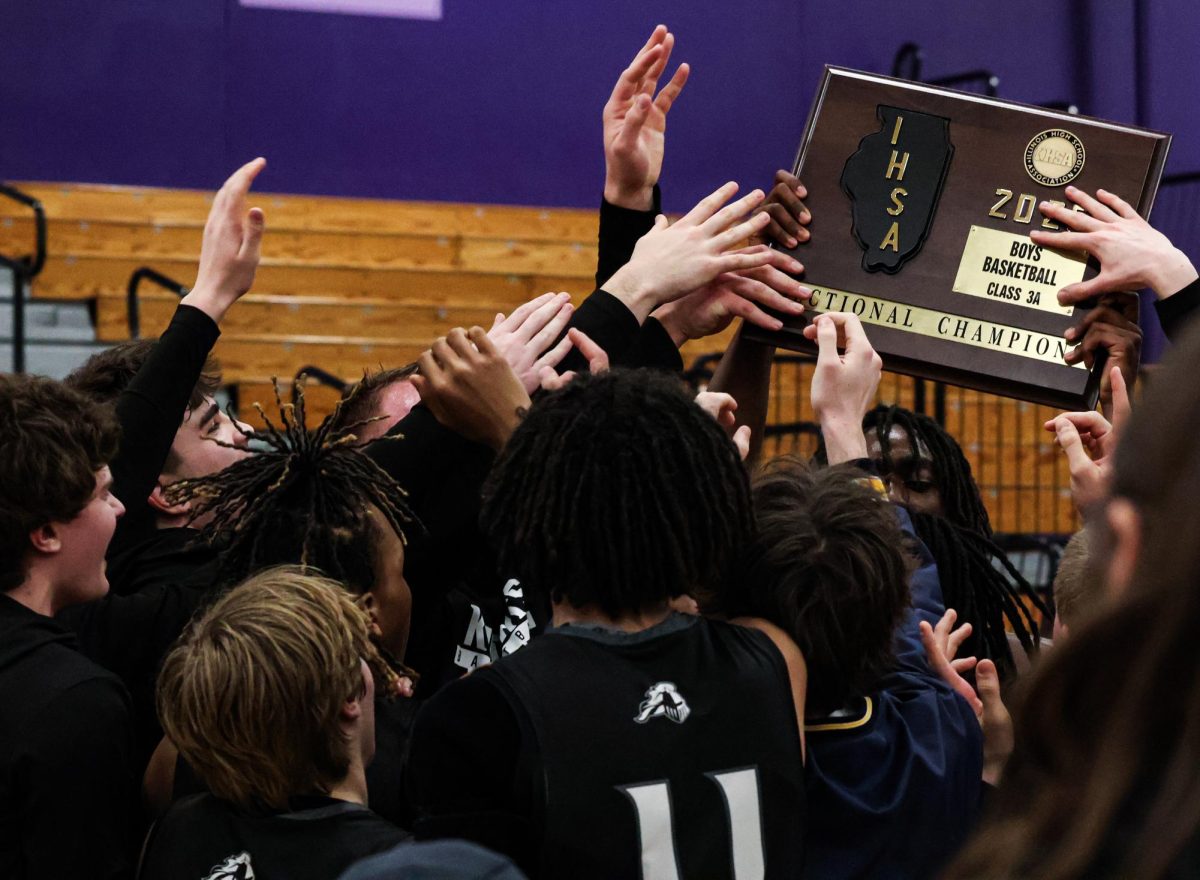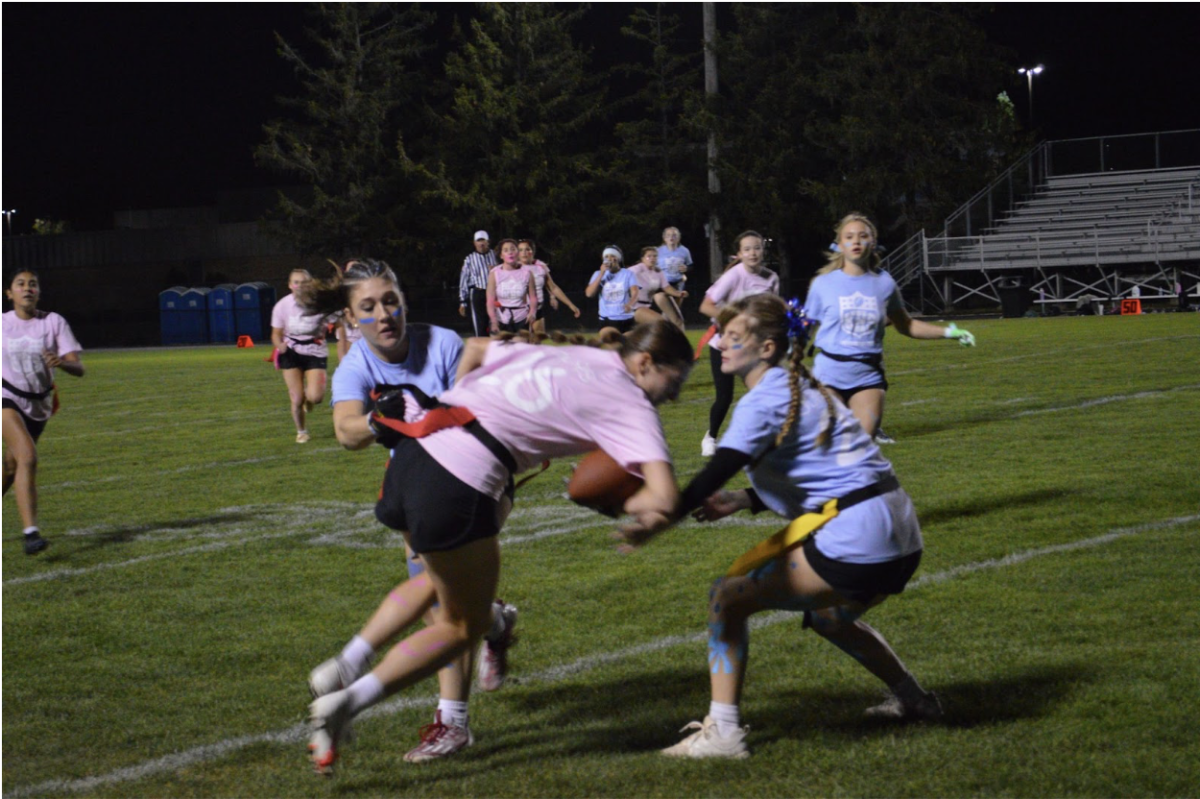
When I chose to take a tour of the Old Joliet Prison in Joliet, IL, I had no idea what I was walking into. I’ve heard of multiple paranormal events happening here, but I was more interested in how a prisoner lived. I wanted to feel their hopelessness and wanted to understand what it must have been like to sit in an empty cell and yearn for sunlight.
The Old Joliet Prison is a daunting structure that appears, seemingly, out of nowhere. When driving to the prison, it isn’t until someone is a few feet away that they see the large walls and barbed wire. Just driving past it, they can feel a change in the atmosphere.
When a prisoner is being driven there, they don’t know how close they are. They are driving through a suburban neighborhood before they reach a small unassuming bridge. Yet, as soon as they go under the bridge and back into the sunlight, they finally see the prison and know that as soon as they go in, they will never come out.
“In 1878, the Prison was filled well over capacity with nearly 2,000 inmates,” according to jolietprison.org, a website that tells the history of the prison and allows for you to sign up for tours. “[There were] reports of unsanitary and dangerous conditions emerged.”
Throughout the state, people knew the allegations that staff was abusing the prisoners as well as killing them. Once a prisoner was told that they were going to Old Joliet Prison, they knew that it was a death sentence.
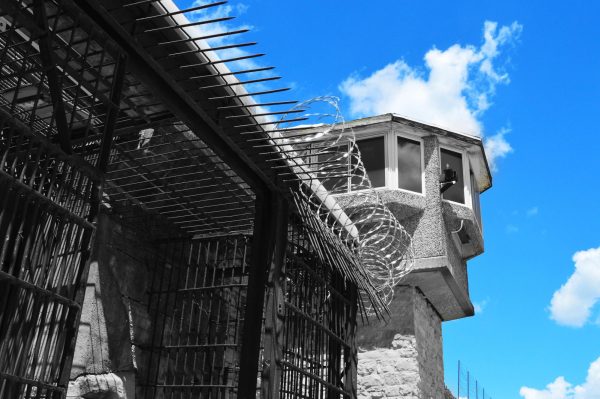
When a prisoner was brought through the east entrance of the facility, that was essentially the last time they would see the blue sky without being confined inside the walls of the prison. As they walked through the gate, they must have been aware they would likely never see anything but the buildings made of limestone.
According to jolietprison.org, “May 22, 1858, marks the ‘beginning’ of the Joliet Prison when 53 prisoners arrived at a small structure, which still stands, to begin the work of constructing the large prison around themselves.”
Prisoners were forced to quarry limestone and create the entire structure. The convicts, essentially, built their own cage.
As a prisoner walked around the facility or sat in their cell, every time they looked at the wall or the floor, they were reminded that a previous prisoner was the one to build what they were standing on.
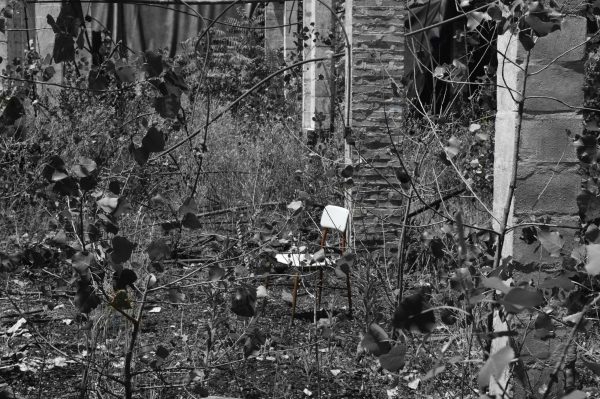
Once a prisoner was shown their cell, they were immediately sent to be a victim of convict leasing.
“After the Civil War, slavery persisted in the form of convict leasing, a system in which Southern states leased prisoners to private railways, mines and large plantations,” according to an article by the Equal Justice Initiative, an organization that works to end mass incarceration and excessive punishment in the United States. “While states profited, prisoners earned no pay and faced inhumane, dangerous and often deadly work conditions.”
While this was a practice in the Southern states, convict leasing became a norm at the Old Joliet Prison.
Prisoners were given assignments in the Industries building, which can be seen in the picture above. Currently, it still stands but is unsafe for people to walk inside. There were multiple buildings dedicated to convict labor, such as this one. The furniture that remains inside is a reminder that even though the prison is no longer a working facility, prisoners were forced to work until the very end.
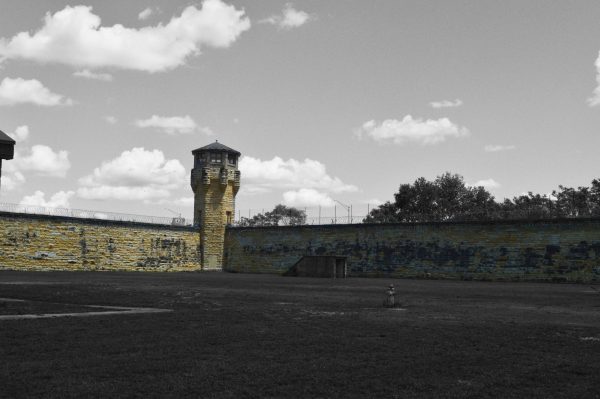
Even though prisoners were allowed to walk around the multiple courtyards, they were constantly reminded that they were trapped inside the prison due to the large walls and watch towers.
When a prisoner looked up at the many watch towers, they were always greeted with the end of a military rifle and the look of hatred in the officers’ eyes. Some prisoners, though, decided that they wouldn’t be stuck inside the walls forever.
According to the Journal of Criminal Law and Criminology, on June 5, 1918, “Prisoners in the Joliet Illinois State Prison revolted, started a riot of intimidation and assault upon employees, set fire to buildings and shops and were thwarted in their plans for wholesale escape by federalized state militia.”
This appears to be the most significant riot ever recorded inside the prison.
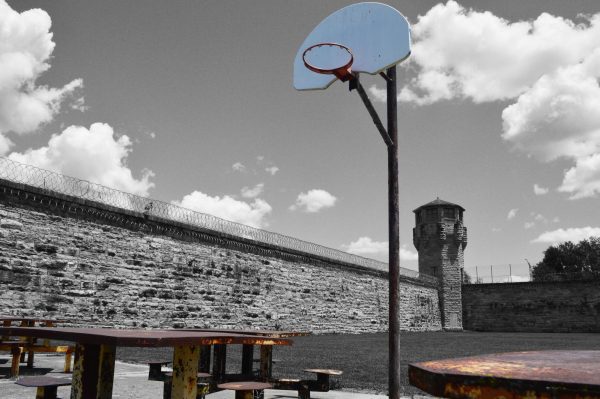
When prisoners were let out of their cells and weren’t needed for labor, they were able to spend time in the courtyards. Some of the prisoners were able to play basketball, handball and many other games to help pass the time.
These were some of the only times they were able to breathe in the fresh air and try to let loose. However, they also needed to keep their guard up due to fights breaking out between prisoners, as well as between prisoners and officers.
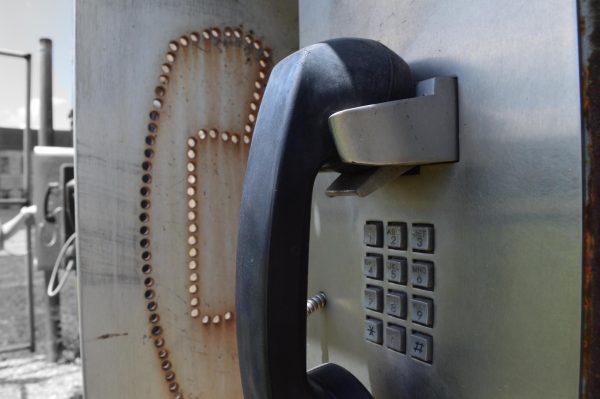
It was common for prisoners to see telephone booths in the courtyards as well. Of course there were visiting hours, but there were also instances where prisoners were unable to see family. So, these phones were oftentimes the best thing a prisoner could see and use.
Although many of the phones are currently broken with wires being displaced everywhere along the box and ground, you can still type in a phone number and try to imagine what it was like to be under the scorching sun and trying to contact your loved one.
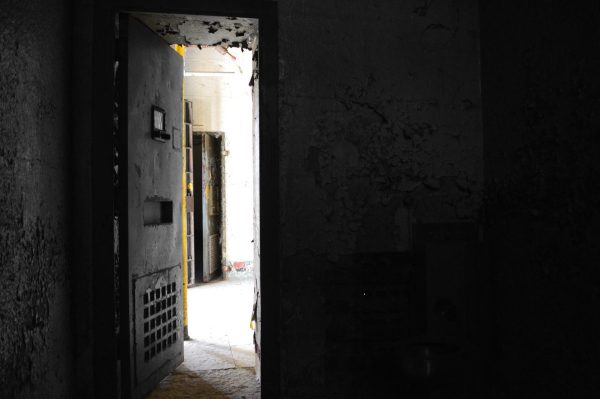
If a prisoner was causing trouble or if they were given the death penalty, they were taken to the North Segregation building. The North Segregation building is home to solitary confinement, which was on the first floor, and Death Row, which was on the second floor.
This building had been home to prisoners who were ruthlessly murdered by staff. Although there is no record of these instances, stories have been passed down from prisoner to prisoner of what has happened in this building.
If they weren’t being abused, then they were stuck inside a room with one toilet, one or two benches and a single window that was too high for them to see through. The only time they saw true sunlight or what was beyond their iron door was if they were going to die by electric chair or be released from solitary confinement.
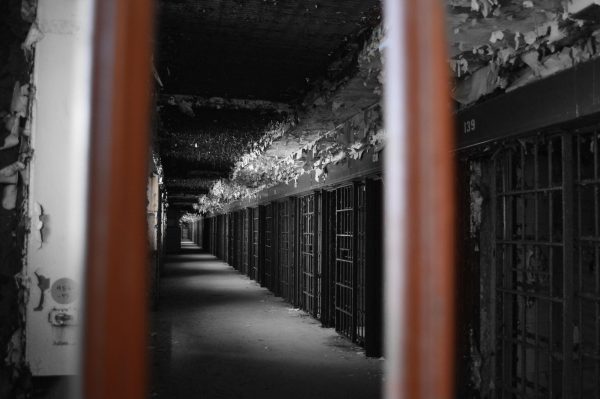
The West Cell Block was home to prisoners with life sentences. If someone committed murder, domestic terrorism or sexual assault, they were brought to these cells.
The West Cell Block is extremely dark with small rooms that would sometimes house one or two inmates. When a prisoner was sent back into their cell, they were forced into a black and white world where all they knew were four small walls and their neighboring prisoners. On one side of the cell block, there are traditional cell doors with bars. However, on the other side, there are cells that look eerily similar to the ones in solitary confinement and death row.
If inmates were lucky enough to be in the cell with bars, they were able to see sunlight. If they were in the cell with iron doors, however, then they were out of luck and had better look forward to their courtyard time.




